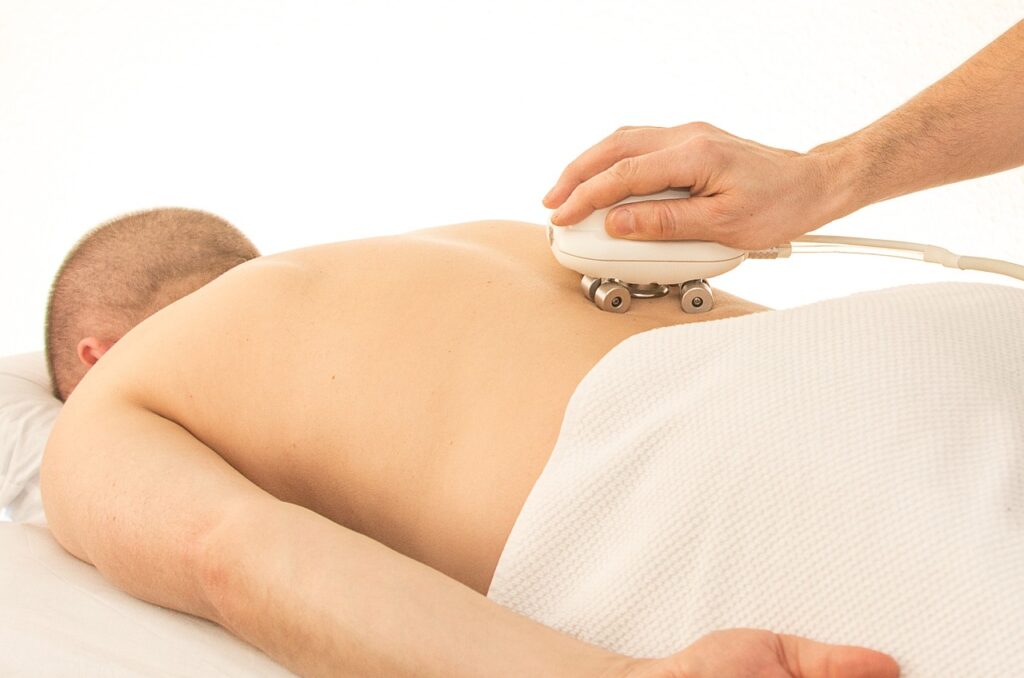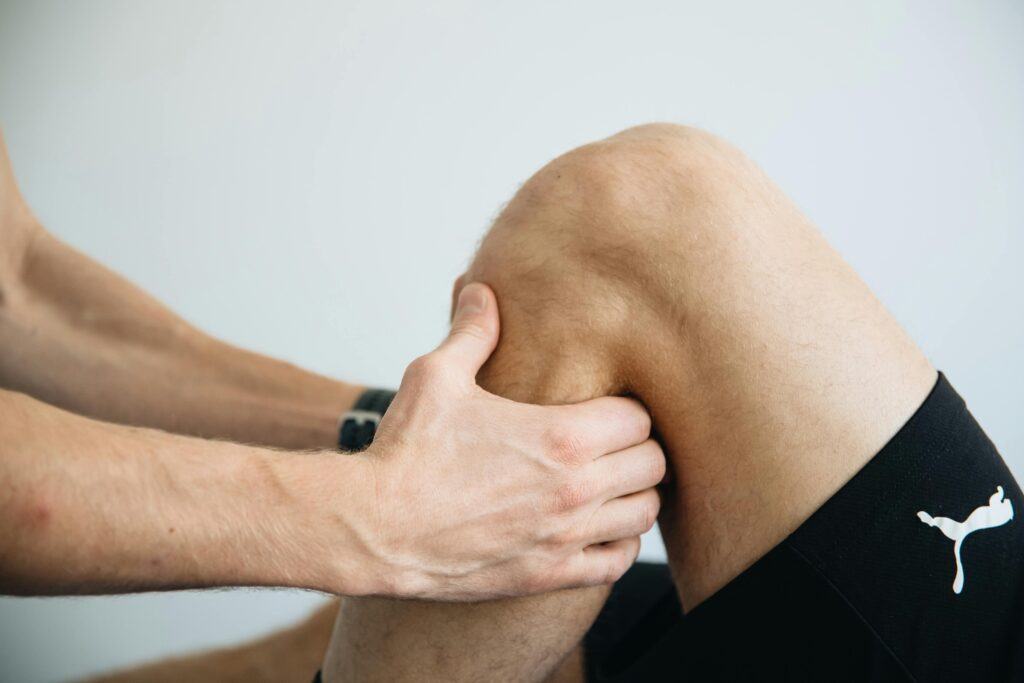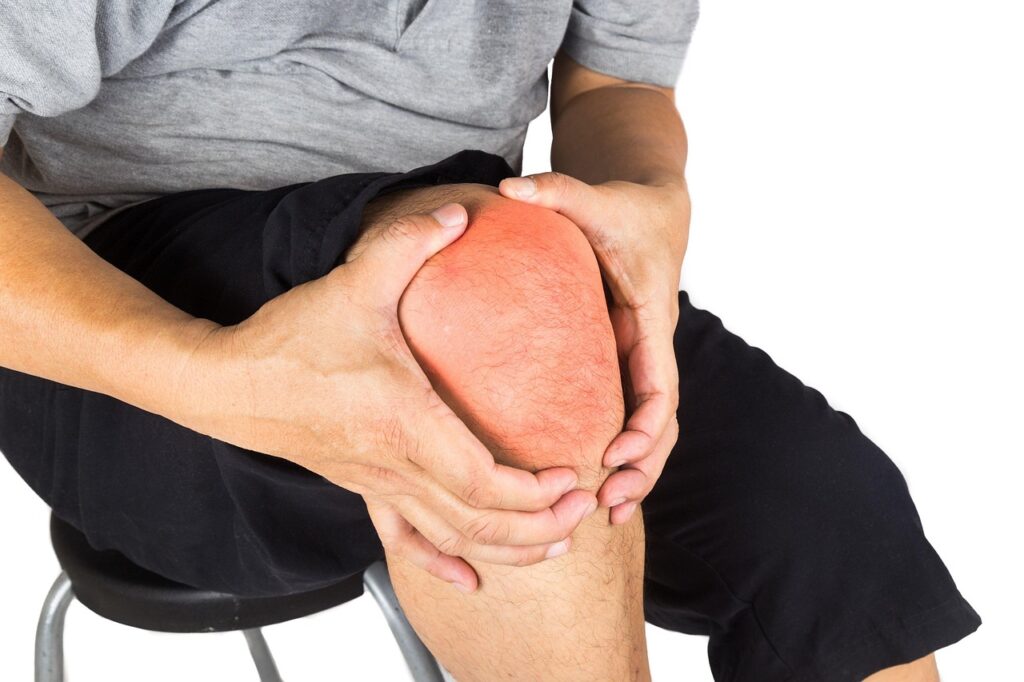Backache has become increasingly common in this fast-paced age. Among many home treatments and gadgets, back stretchers have become popular choices. But are back stretchers effective? Let’s go in deep to determine their effectiveness, science, and how they actually help your spinal health and wellbeing.

What Are Back Stretchers and How Do They Work?
Back stretchers are basic, ergonomic devices that use the user’s body weight to gently stretch the spine, alleviate tension, and improve overall posture alignment. Most back stretchers come with an arched form to lie on, which enables the natural action of gravity to help your body decompress the spine.
They work by:
- Lengthening the spine
- Minimizing nerve compression
- Encouraging blood flow
- Enhancing flexibility
- Releasing tension in muscles
The Science Behind Spinal Decompression and Stretching
Scientific studies show spinal decompression to be an effective tool for alleviating chronic back pain. By opening space between vertebrae, back stretchers can:
- Reduce pressure on herniated discs
- Ease symptoms of sciatica
- Increase discomfort of slouching
- Realign the spine
When muscles are kept in a state of constant tension, they pull the spine out of alignment. A back stretcher will work to counter tension, introducing balance and relief from associated pain.
Benefits of Regular Use of a Back Stretcher
- Instant Relief from Lower and Upper Back Pain
Instant relief is experienced by most users when they stretch their back with a back stretcher for just 5–10 minutes. It provides relief from tension and stiffness due to long periods of sitting, standing, or exercise. - Improved Posture in the Long Term
Use over time habituates the back muscles and spine to adopt a healthier, more upright posture, reducing the likelihood of future occurrences of pain due to poor alignment. - Greater Flexibility and Mobility
By relaxing tense muscles and ligaments, back stretchers provide for greater mobility and the ease and comfort of ordinary daily activity. - Relief from Herniated or Bulging Discs
Back stretchers provide sufficient room in the spine to alleviate pressure on the intervertebral discs, which allows disc patients to avoid surgery. - Stress and Tension Relief
Spine extension also eases the nervous system, which results in lucid thinking, better sleep, and reduced anxiety levels.
Who Can Use a Back Stretcher?
Back stretchers can be utilized by:
- Office workers who spend most of their time sitting
- Athletes and individuals who exercise regularly
- Older people with chronic stiffness
- Posture correction enthusiasts
- Sciatica patients
- Individuals recovering from mild back injury (with medical consultation)
Are There Any Risks or Side Effects?
Even though back stretchers are safe in general, they are not suitable for all. People with the following conditions must consult a healthcare practitioner before use:
- Severe osteoporosis
- Spinal fractures
- Recent surgery
- Acute disc injury
- Pregnancy
Improper use or overuse could possibly lead to muscle strain or make pre-existing conditions worse. Always start with short sessions and then build up gradually.
How to Use a Back Stretcher Effectively
To maximize its benefits:
- Look for a quiet, flat surface
- Position the stretcher under your lumbar or thoracic region
- Lie down slowly and adjust your breathing
- Relax for 5–10 minutes
- Use 1–2 times a day, daily
To achieve best results, use along with gentle back stretches, exercises to strengthen your core, and healthy posture exercise.
Back Stretcher versus Other Devices for Back Pain
| Tool | Effectiveness | Ease of Use | Portability | Price |
|---|---|---|---|---|
| Back Stretcher | High | Very Easy | Compact | Affordable |
| Inversion Table | High | Moderate | Bulky | Expensive |
| Foam Roller | Moderate | Moderate | Portable | Affordable |
| Massage Gun | High (for muscles) | Easy | Portable | Moderate |
Back stretchers offer an excellent combination of convenience, cost, and relief from pain, and that is why they are the top choice for the majority.
Real User Experiences and Testimonials
- Thousands of customers across the globe are finding relief through consistent use of back stretchers:
- “I spend all day at a desk, and my lower back was killing me. This device brought me relief after only a few uses.”
- “As a yoga instructor, I suggest back stretchers to mildly ailing spines. It’s effective and safe.”
- “I was skeptical, but consistent use greatly alleviated my sciatica.”
How to Choose a Back Stretcher
To choose correctly:
- Material: Select high-density foam or durable plastic.
- Adjustability: Models with adjustable arch levels are ideal for advancing.
- Padding: Select comfort, especially in fragile spines.
- Portability: Choose a small model if traveling is common.
- Weight Capacity: Make sure it can support your body weight safely.
Do Chiropractors Recommend Back Stretchers?
Chiropractors generally advise in-clinic spinal realignments, but some support the use of back stretchers as an at-home supplement. They are often included in posture correction regimes and rehabilitation therapy for minor conditions.
Final Verdict: Do Back Stretchers Really Work?
Yes — back stretchers work very well when used properly. They are:
- Affordable
- Safe for most people
- Scientifically tested
- Effective for chronic and posture back pain
To achieve optimal results, use their use as part of an integrated wellness regimen including exercise, correct posture, and professional guidance when necessary.
Using Back Stretchers as Part of a Wholistic Health Regimen
While back stretchers are a powerful tool in their own right, their power increases exponentially when used as part of a wholistic spinal wellness regimen. Here’s how to use them to good effect:
- Combine with Core Strengthening Exercises
- Our core muscles also have a fundamental role in your spine support. Adding exercises like planks, bird-dogs, and pelvic tilts could greatly complement back stretching benefits. A strong core reduces pressure from your lower back and enhances good posture.
- Use Before or After Workouts
Using a back stretcher before exercise prepares your spine and muscles for movement, while using it after exercise facilitates recovery, relieving soreness and tension accumulation. - Practice Mindful Breathing
Back stretchers are most effective when your body is relaxed. Adding deep, diaphragmatic breathing when resting on the stretcher increases muscle relaxation and oxygenation, enhancing the tool’s effect. - Combine with Professional Care
Consult a chiropractor, physical therapist, or orthopedic expert for individual guidance and to monitor improvement. Experts can recommend how to incorporate back stretcher sessions along with manual care or certain rehabilitation exercises.
Precautions to Avoid When Using a Back Stretcher
Even though easy to apply, equipment such as this has some precautions that can render it less effective or even cause pain:
- Placing it on a soft surface: Always place it on a flat, firm surface to ensure proper posture and stability.
- Overusing it at first: Begin gradually, with 5-minute intervals, and gradually increase over time.
- Poor positioning: Place the arched portion in alignment with your lower back or thoracic spine depending on your source of pain.
- Skipping warm-up stretches: Gentle warm-ups prior to lying on the stretcher will avoid muscle strain.
Avoiding these mistakes ensures a productive and safe experience with each session.
Highest-Rated Back Stretchers on the Market (2025 Edition)
Below are some of the top-rated back stretchers on the market today:
- Chirp Wheel+
Features: Different wheel sizes for targeted stretching, high-quality materials.
Pros: Ideal for deep tissue release, portable size.
Best for: Yogis and back pain sufferers.
- Magic Back Support
Features: Adjustable arch levels, acupressure points.
Pros: Cheap and very popular.
Best for: Those who need to decompress every day.
- Teeter Back Stretcher
Features: Ergonomic design approved by chiropractors.
Pros: Durable, great for a variety of back conditions.
Best for: Those seeking high-quality construction and support.
These devices exist in different shapes and purposes but share the same goal of reducing spinal tension and encouraging comfort.
Can Back Stretchers Prevent Back Pain Long-Term?
Back stretchers not only relieve pain, but they can also be used as a preventative if done on a regular basis. Regular use gives a neutral spine alignment, strengthens postural muscles, and prevents long-term problems like lumbar disc degeneration or postural kyphosis.
They’re particularly valuable in the modern computer age, where screen time and sitting are the primary causes of spinal problems. A few minutes daily on a back stretcher can reverse hours of slumping and sitting.
Conclusion: Are Back Stretchers Worth It?
Back stretchers are one of the most effective, low-cost treatments for back pain relief, spinal health, and posture correction. Their ability to provide immediate relief, long-term benefits, and preventive maintenance makes them a staple in any home wellness kit.
Whether you’re suffering from chronic back issues or simply looking to improve your posture and mobility, back stretchers offer a convenient and highly beneficial way to support your spine—naturally, safely, and affordably.
Link:https://www.healthline.com/nutrition/stretches-for-lower-back-pain


